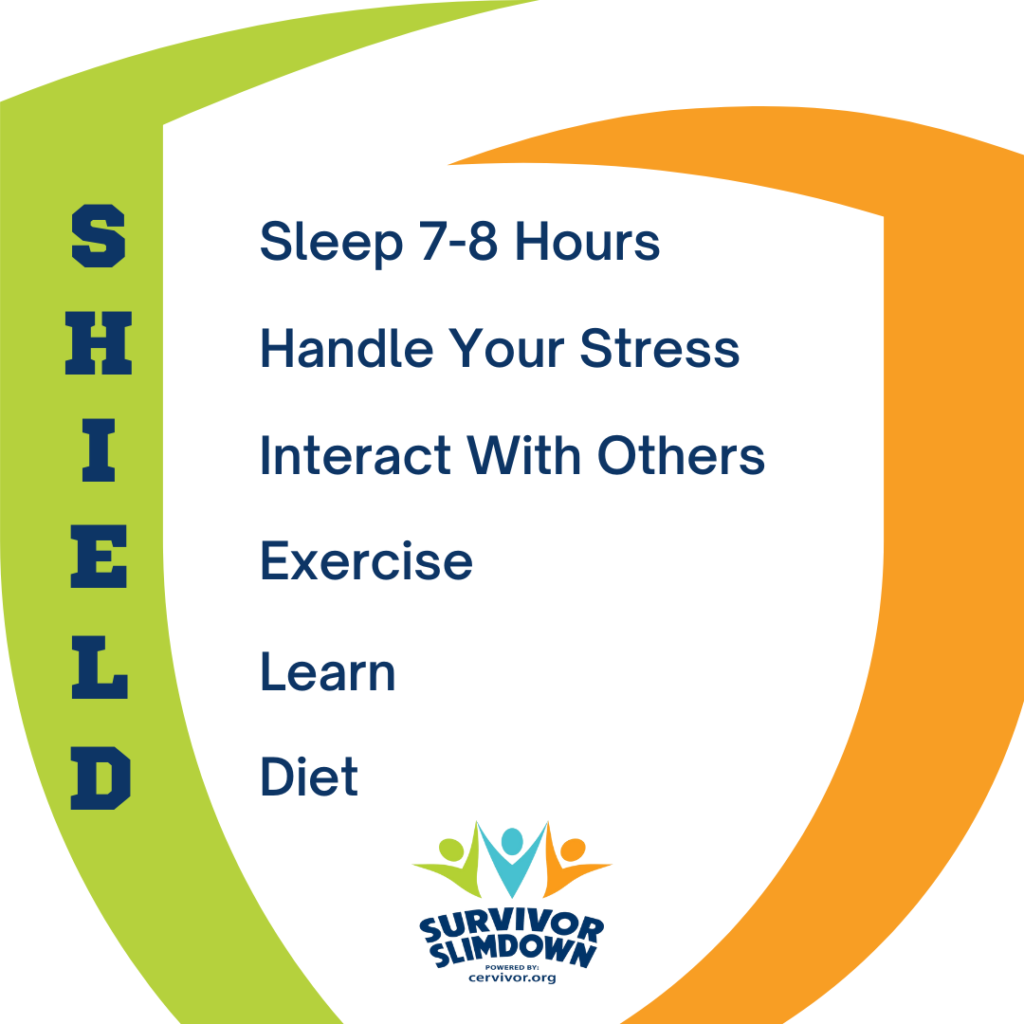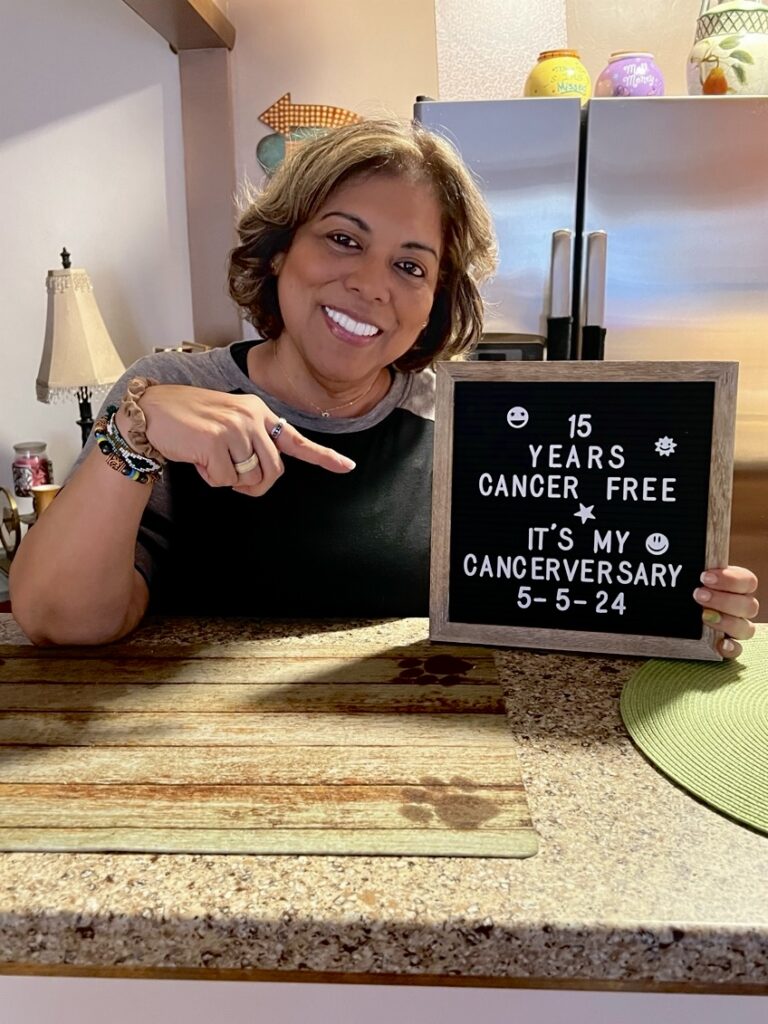This year National Women’s Health Week takes place from May 12th to the 18th. This particular week we highlight women’s health issues and priorities. We encourage women to engage in healthy practices, and preventive care. This year’s theme is “Empowering Women, Cultivating Health: Celebrating Voices, Health, and Resilience.” Why? Because women need to feel empowered to make their physical and well-being a priority. This includes making sure you get all the screenings needed: preventive cancer screenings along with vision, and dental checkups. (P.S. Did you know our Founder and Chief Visionary, Tamika Felder serves as a Women’s Health Week Ambassador?)

As a certified Health, Fitness and Wellness Coach, I was present at a wellness conference where I first heard Dr. Rudolph E. Tanzi, a professor of Neurology at Harvard University, Director of the Genetics and Aging Research Unit, Co-Director of the Henry and Allison McCance Center for Brain Health at Massachusetts General Hospital, and a bestselling author.
Dr. Tanzi created the “S.H.I.E.L.D. Plan”. This plan help us remember how to take care of our physical and mental health with the everyday steps you can take to preserve and promote your well-being. This plan really resonated with me, and I incorporated these steps into my daily life. I also teach it to my clients, to my students, and I hope it will help you too.
S.H.I.E.L.D. is an acronym that stands for the following: (not necessarily in this order)
S – Sleep. You must try to sleep at least 7-8 hours at night. It is during this time that the body repairs, allowing healing and restoration to occur. Lack of sleep is associated with negative health effects. So in other words…get your snooze on.
H – Handle Your Stress. Yes! This is easier said than done, but we must try. Give yourself a break if you feel stressed out. Take deep breaths, stretch, or meditate. Stress is a known component to chronic diseases like diabetes, ulcers, and heart disease.
I – Interact With Others. Social connection with others can improve the ability to recover from stress, anxiety, and depression. In summary, human interaction is an essential part of life, and it has physical and mental benefits. A recent study found that people who experienced social isolation had a 32% higher risk of dying early.
E – Exercise. Ahhh! That’s something I know about. To be honest, throughout the years of being a fitness professional, I have learned not to even call it “exercise” but just plain and simple “moving the body”. Most people when they hear the word “exercise” think about punishment to the body – it is far from the truth. Finding a movement that works for you is key. Starting small and working up to the recommended 150 minutes a week will give you so many benefits for your mind, your body, and your spirit.
L – Learn New Things. Dr. Tanzi states, “Practicing a new and challenging activity is a good bet for building and maintaining cognitive skills.” We can do this at any age. Learning new information can be as simple as trying a new recipe, reading or listening to a book, or taking a class online.
D – Diet. For most people, “diet” conjures up thoughts of deprivation and restriction. We feel that it is something that we must do or that we must punish ourselves for the crime of overeating. No matter what you think about diets, we ALL have one. A diet is simply a pattern of eating. Whatever health means to you, the right diet will support it. There is no one-size-fits-all model for dietary patterns and health.
Side Note: I would incorporate hydration here too. Drinking water is crucial for our bodies. The majority of adults do not hydrate themselves close to the recommended level. In fact, multiple studies report that 75% of adults in the U.S. suffer from chronic dehydration. As we age, your body’s thirst signal diminishes, so as a rule of thumb when you feel thirsty, you are already dehydrated. Please drink your water.

So there you have it – that is the “S.H.I.E.L.D Plan” – the daily steps that Dr. Tanzi believes will promote health and longevity! Ideally, you will incorporate these steps in your daily life, and they will become healthy habits.
If these six steps are too overwhelming all at once, which is understandable, take it slow and work one-step at a time. For example, focus on your sleep if you are not getting the recommended hours. After you improve that, then work on the next step, and so on. It is never too late to incorporate these steps. Never too late to start anything. Believe me whatever you do consistently, it will make a difference on your well-being. Do not give up!

Patti Murillo-Casa is a Cervivor Ambassador and Cervivor’s Health and Wellness Coach who manages Survivor Slimdown Facebook Group (Open to any cancer survivor). She also co-leads Cervivor Español. Patti is a retired NYPD police officer and a 15-year cervical cancer survivor. She resides in NYC with her husband of 25 years where she is a Groups Fitness Instructor, Cancer Exercise Specialist and a Health Advocate and Educator.
